Basic Python Syntax And Data Structures
4.9 out of 5 based on 47544 votesLast updated on 16th Aug 2024 5.6K Views
- Bookmark

Learn the basics of Python syntax and essential data structures, including lists, dictionaries, and tuples, to build a strong foundation for programming in Python.
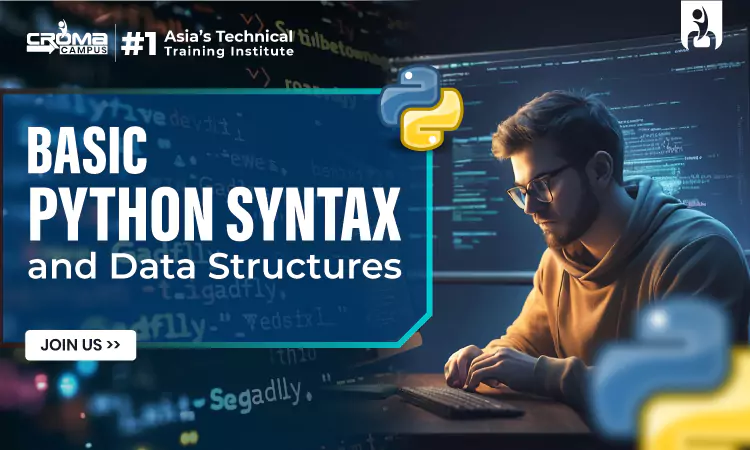
Python is known for its simplicity
and readability, making it a popular choice for beginners and experienced
programmers alike. Understanding the basic syntax and data structures of Python
is crucial for anyone looking to dive into programming or enhance their coding
skills. In this blog, we will explore the fundamental syntax and essential data
structures in Python, providing a solid foundation for your programming
journey. Additionally, we'll discuss the benefits of enrolling in a Python
Online Course to further your knowledge and skills.
Basic Python Syntax
Python's syntax is designed to be
clean and easy to understand. Here are some key aspects of Python syntax that
you should be familiar with:
Comments
Comments are used to explain code and
are ignored by the interpreter. Single-line comments start with #, while
multi-line comments are enclosed in triple quotes (''' or """).
Example:
Variables and Data Types
Variables in Python do not require
explicit declaration to reserve memory space. The declaration happens
automatically when you assign a value to a variable.
Example:
Indentation
Indentation is crucial in Python and
is used to define the scope of loops, functions, and classes. Consistent
indentation (usually 4 spaces) is essential.
Example:
Note: Python is used in multiple technologies, like full-stack, data analytics, and many more. If you want to build your career in full stack and are looking for a Full Stack Developer in Python Course, do visit Croma Campus
Basic Input and Output
Use input () for taking user input
and print () for outputting data.
Example:
Functions
Functions are defined using the def
keyword, followed by the function name and parentheses.
Example:
Python Data Structures
Python provides several built-in data
structures, each with its own unique properties and use cases. Let's explore
the most commonly used data structures:
Lists
Lists are ordered, mutable
collections of items. They can hold items of different data types.
Example:
Tuples
Tuples are ordered, immutable
collections of items. Once a tuple is created, it cannot be modified.
Example:
Sets
Sets are unordered collections of
unique items. They are useful for membership testing and eliminating duplicate
entries.
Example:
Dictionaries
Dictionaries are unordered
collections of key-value pairs. Keys must be unique and immutable.
Example:
Practical Applications of Data
Structures
Understanding data structures is
essential for solving complex problems efficiently. Here are some practical
applications:
Lists
- Storing Multiple Items: Useful for storing and accessing
a sequence of items.
- Iteration: Iterating over items for processing.
Example:
Note: If you are staying in Noida and looking for Python Coaching in Noida, Do visit Croma Campus and get a free consultation and the best course as per your requirements. We do provide 100% job assistance as well.
Tuples
- Immutable Collections: Suitable for fixed data that
should not change.
- Returning Multiple Values: Functions can return multiple
values using tuples.
Example:
Sets
- Removing Duplicates: Eliminate duplicate entries
from a list.
- Membership Testing: Check if an item exists in a
set.
Example:
Dictionaries
- Storing Key-Value Pairs: Useful for mapping
relationships between items.
- Fast Lookups: Efficiently retrieve values
based on keys.
Example:
Enhancing Your Python Skills
Mastering Python syntax and data structures is a crucial step in becoming a proficient programmer. To further enhance your skills, consider enrolling in a Python Classes in Delhi. Here’s how these courses can benefit you:
Benefits of a Python Course
- Structured Learning: Follow a well-organized
curriculum that covers all essential topics systematically.
- Expert Guidance: Learn from experienced
instructors who provide insights and real-world examples.
- Practical Experience: Engage in hands-on
projects and assignments to apply what you’ve learned.
- Comprehensive Coverage: Cover everything from basic to advanced Python topics.
- Certification: Gain a recognized
certification to enhance your resume and career prospects.
Tips: Python Data Science is revolutionizing industries by enabling data analysis, visualization, and predictive modeling. Enroll in Python Data Science Training to master essential skills and unlock endless career opportunities.
Benefits of Python Certification Course
- Local Networking: Connect with peers and
professionals in the area, enhancing your learning experience.
- Interactive Sessions: Participate in classroom
settings that provide opportunities for direct interaction with instructors.
- Access to Resources: Utilize local resources
and facilities for a more immersive learning experience.
- Placement Assistance: Benefit from support in finding job opportunities after course completion.
- Convenient Location: Ideal for residents of Delhi and nearby areas, offering easy access to classes.
You May Also Read:
Python Programming for Beginners
Python Interview Questions and Answers
Data Science Interview Questions and Answers
Why Choose Croma Campus?
Croma Campus is a leading provider of IT training courses, including Python. Here’s why you should consider Croma Campus for your Python training:
- Experienced Trainers: Learn from industry
experts with extensive experience.
- Comprehensive Curriculum: Courses cover all
aspects of Python, from basics to advanced topics.
- Hands-On Training: Gain practical
experience through real-world projects.
- Flexible Learning Options: Choose from online or
classroom courses to suit your schedule.
- Certification: Earn a recognized certification that enhances your career prospects.
- Placement Support: Benefit from job
placement assistance to kickstart your career.
Note: Java programming is a versatile, platform-independent language ideal for building applications. Enroll in Java Online Training to master core concepts, advanced topics, and real-world development techniques effectively.
Conclusion
Understanding basic Python syntax and
data structures is essential for any programmer. These foundational concepts
allow you to write clean, efficient, and effective code. Enrolling in an Advanced
Python Programming Course can help you gain a deeper
understanding of these topics, guided by experienced instructors and hands-on
practice.
Choose Croma Campus for a
comprehensive learning experience that will prepare you for a successful career
in Python programming.
Subscribe For Free Demo
Free Demo for Corporate & Online Trainings.



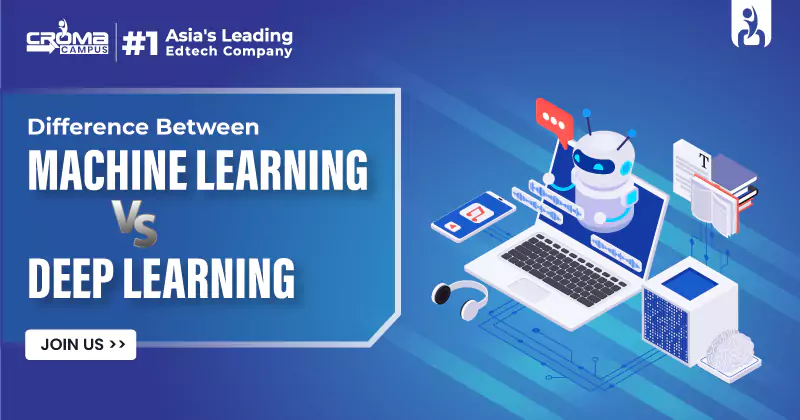
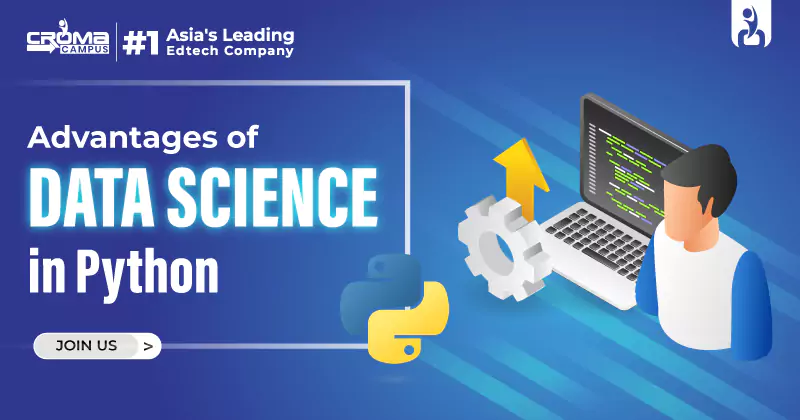



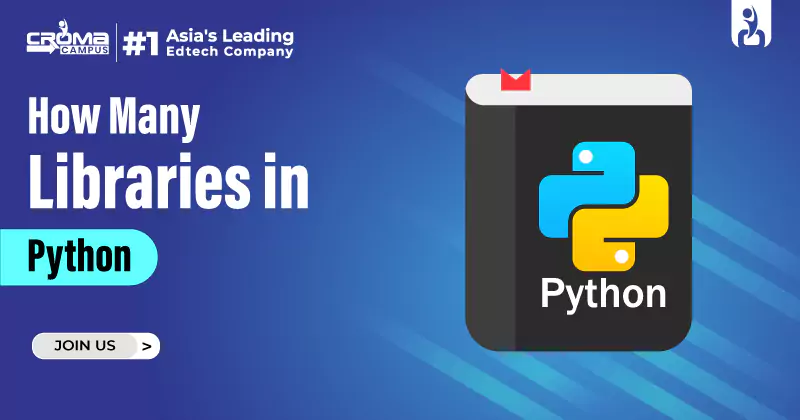

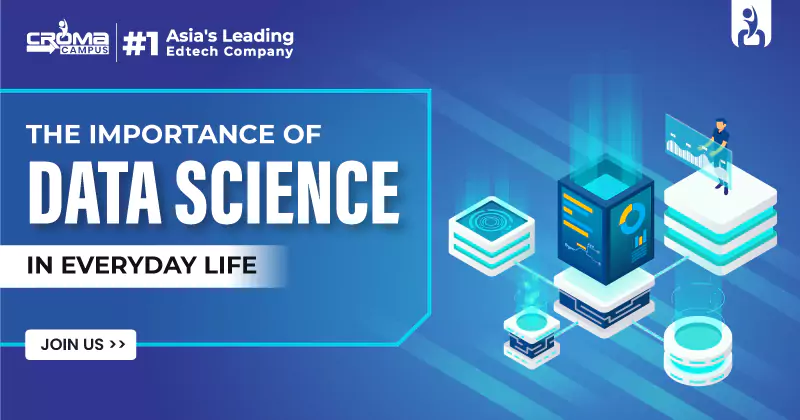
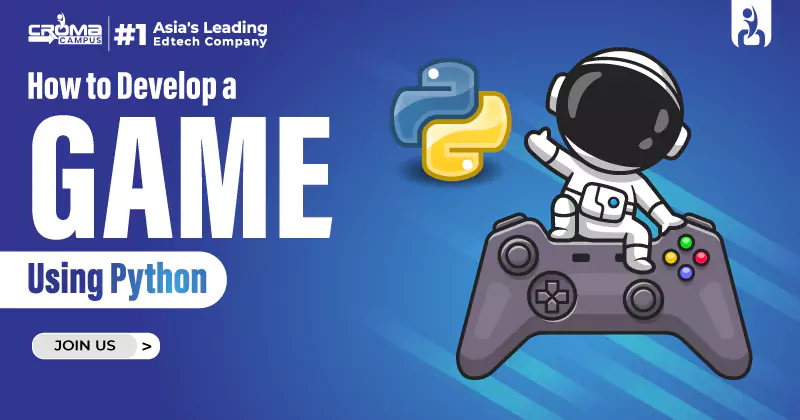













.webp)

.png)















